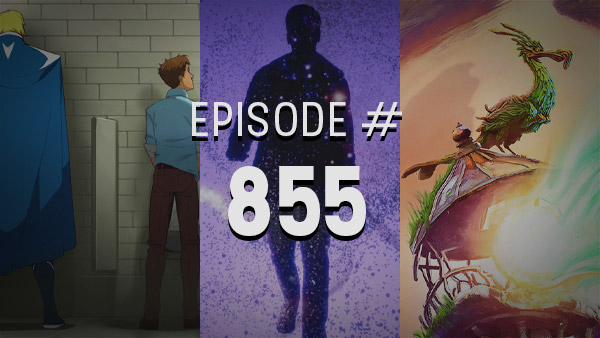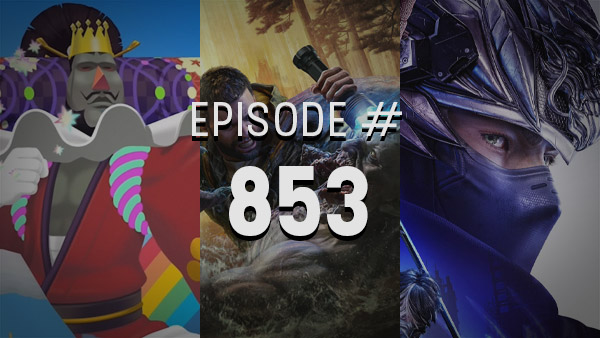Your login information returned multiple users. Please select the user you would like to log in as and re-type in your password.

After seven years in development, Grinding Gear Games has finally released their free-to-play action RPG MMO, Path of Exile. Frustrated with the lack of new games within the genre, the New Zealand based group decided to develop their own title. Seven years later, the action RPG genre isn't quite as bare as it once was, but Path of Exile is sure to leave its mark. With the recent release of sub-par action RPG MMOs, can Path of Exile wade through the mediocrity and stand above the rest?
Control wise, the game plays similarly to recent action RPGs. Left click encompasses movement, standard attacks, picking up items, and interacting with NPCs. Your character can have seven abilities bound to the action bar mapped to middle mouse click, right click, and the Q,W,E,R, and T keys respectively. You can also map health, mana, and other potions to the 1,2,3,4, and 5 keys. The great thing about these potions is the fact they have charges that can be refilled as enemies are defeated as opposed to the standard of buying stacks of potions and guzzling them all down.
Path of Exile has seven classes to choose from, but only six are available from the start. These classes are all tied into the game's three main stats: strength, dexterity, and intelligence. The Marauder is the strength class, Ranger is dexterity, Witch is intelligence, Duelist is strength/dexterity, Shadow is dexterity/intelligence, Templar is strength/intelligence, and the unlockable class, Scion, is a hybrid of all three stats. These attribute alinements determine where a class begins within the skill tree and determines the type of gear each class is initially suited for.
Speaking of the skill tree....

It's MASSIVE! You pop open that skill tree panel the first time and are immediately bombarded with dozens of nodes for stat increases and branching paths. While heart attack inducing at first, the skill system is actually very similar to the sphere grid used in Final Fantasy X. Instead of orbs, each character gains one point upon leveling up and possibly more from certain quest rewards. Each node within the tree provides a passive bonus to one of your character's stats and some provide a substantial boost to a passive stat for a trade off in another area. Possibly the best aspect of the skill tree is that each class is not restricted to a particular set of bonuses. With enough points, each class can, more or less, pick up whichever bonuses the player desires to fit their playstyle.
The skill tree does not provide any abilities that can be activated; those come from skill gems. These gems come in three different colors to represent which stat they are associated with: red for strength, blue for intelligence, green for dexterity. Equipping these gems works just like the materia system from Final Fantasy 7. Each piece of gear will come with different colored slots that the gems can be placed into and allow the ability to be used so long as said gear is equipped. These gems can also be freely moved around to any piece of equipment with the correctly colored gem slot, so there shouldn't be any fear of losing an ability. Each gem can also be leveled up and become stronger by gaining experience as your character does. Conveniently, there's no cost involved in leveling up skill gems; just click the prompt to do so once it appears.

Path of Exile is divided into three acts each with a single hub area where players gather to obtain quests and sell equipment. Speaking of equipment, Path of Exile has no currency to speak of. Gear and consumable items can be bartered from vendors for other consumable items you may pick up along the way. It's an interesting system, but purchasing items ultimately only matters for the first act as the need to buy gear off of vendors becomes obsolete. It is; however, a very convenient way of obtaining additional consumables that would otherwise just involve hoping for them to randomly drop as loot. The only downside to hoarding all these consumable items is the limited inventory space quickly becomes cramped, especially since players have no option to rotate items. Inventory Tetris is in full effect with this title.
Outside of the hub zones are a series of instanced areas saturated with various enemies to obliterate and loot from. Most of these areas are not terribly large, but the dungeons can be twisting, dark mazes filled with hordes of enemies around every corner. While the chances of getting lost are slim, the possibility still exists and the map tends to be a detriment in these situations. Path of Exile's map looks like something that came out of an old text adventure game and has a terrible tendency to blend into the environment since it just acts as an overlay. The game also likes to reuse enemy models and just slap on a different name or ability onto them. It's not a huge detractor by any means, but some more enemy variety would have been welcome. A very smart design choice with these areas is the fact they reset after 8-15 minutes without player interaction. This makes running across several areas or returning to one after death far less of a chore than it would have been otherwise.
As far as Path of Exile being an MMO, it really plays more like an online game with optional co-op. Unless a party is formed, players will have no interaction with one another outside of the chat window and hub zones. A majority of the game can be played solo should players choose or they can ramp up the difficulty by bringing along a friend or two. Like other action RPG MMOs to have recently come out; however, this “always online” policy brings about server instability. I have never personally experienced disconnects or being booted to the log in screen, but there are definitely latency issues. There have been times where my character suddenly jumped ahead into another room or enemies die 2-3 seconds after being struck. It hasn't caused too many problems, but this is probably the game's biggest flaw. On the bright side, the game's cash shop only sells cosmetic items and additional storage/character slots. This is one of the very few free-to-play games that won't lock content behind a pay wall, give an advantage to paying players, or inconvenience players until they buy something to alleviate their annoyance.

While Path of Exile certainly isn't as revolutionary as it may have been had it released sooner, the game does offer a fantastic experience to any fans of the genre. The overall gameplay won't be anything new, but it's the tweaks and small additions over the competition that truly make this title stand out from the crowd. Newcomers to the genre may want to do some research before diving in or start off with a different game. Path of Exile offers no tutorials and explains basically nothing to the player outside of quest text. Server issues aside, this is still a very enjoyable and addictive title that will hopefully remain online for years to come. Path of Exile can be downloaded from Steam or the game's website.




Comments
12 years, 1 month ago
Great impression! seems to confirm my limited experience with the game.